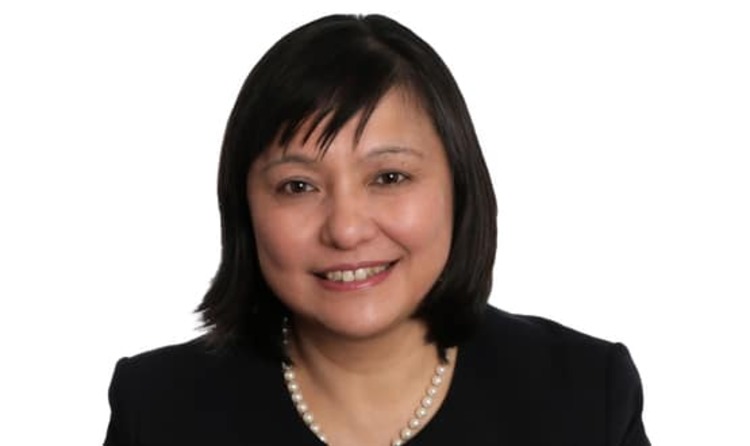Individualization and the Faculty Baseball Athlete
Written on Might 9, 2024 at 9:48 am, by Eric Cressey
Coaching little youngsters – 9-12-year-olds – isn’t that difficult. Most are hypermobile and weak, so the foundational applications can bigger look the identical. Hold issues enjoyable and keep their consideration, and good issues occur. This inhabitants can do amazingly with one program on the dry erase board.
Within the 13-15-year-old group, issues can get a little bit harder as a result of some youngsters have hit an enormous development, spurt, and others look extra just like the “gumby” 11-year-old. Most children do tremendous with twice every week power and conditioning work.
At ages 16-18, the coaching frequency ramps up. By junior and senior years, we see youngsters who’re on the facility 4-6 instances per week in some capability. In the event that they’ve been constant over time, there needs to be a fantastic power basis, to allow them to begin to do some cool stuff with force-velocity profiling, prioritizing completely different facets of velocity and rotational growth, and so on. I wrote a whole article about this beforehand: Energy within the Teenage Years: An Missed Lengthy-Time period Athletic Growth Aggressive Benefit.

The earlier three paragraphs shouldn’t appear revolutionary to anybody, however what’s typically neglected are the challenges that come on the faculty entrance within the years that comply with. The 17-18 year-olds that report to a school campus usually are not a homogenous group. Some don’t have any power and conditioning expertise, and others have a ton. A university power coach who’s on his/her personal with 30+ athletes of all coaching and chronological ages has a tall process if individualization is the aim, particularly in the event that they need to all practice in slender scheduling home windows (e.g., proper after observe).
Because of this, you’ll typically see gamers who thrive within the first 12 months or two on campus. They placed on 15 kilos, get a ton stronger, and begin throwing tougher. Then, in years 3-4, they really regress. What initially labored nice (typically heavy, bilateral loading) shifts to diminishing and even destructive returns, leaving athletes banged up and with a lack of vary of movement. It’s not a knock on faculty power and conditioning coaches; it’s really extra of an acknowledgement that they’re put in a very arduous state of affairs with too many athletes with many various wants all in the identical restricted time home windows.
My very own analysis has proven that in professional ball throughout all ranges, MLB organizations vary from roughly 11 athletes per power and conditioning coach to ~27 athletes per coach. In different phrases, the least staffed MLB group nonetheless has a greater ratio than probably the most nicely staffed faculty setup, and the considerably “staggered” each day professional schedule is extra accommodating to individualization with various coaching instances.
Within the non-public sector (at the very least at Cressey Sports activities Efficiency), our athlete-to-coach ratios are even smaller, so we’re in a position to chase a big diploma of individualization primarily based on the outcomes of evaluations throughout a number of departments.
There’s a ton of flexibility on scheduling and adjusting coaching instances on the fly. And, maybe most significantly, it could actually happen throughout departments, with communication amongst power and conditioning coaches, pitching coaches, hitting coaches, analysts, bodily therapists, and therapeutic massage therapists. When communication is streamlined, individualization success skyrockets.
I believe that is one cause why you will have seen an increasing number of pitchers step away from enjoying summer time baseball to chase growth. Throughout the college 12 months, they get an training, excessive stage competitors, and devoted talent growth work whereas sacrificing a bit on the power and conditioning aspect of issues, in addition to total continuity (you don’t essentially know while you’re going to pitch). With a summer time of coaching, you get a excessive stage of power and conditioning individualization, continuity (predictable plans), and devoted talent work (e.g., pitch design) whereas sacrificing on the competitors and training sides of issues (though I’d argue that it’s a special form of training).
Sadly, outdoors of very choose alternatives, summer time ball doesn’t actually provide you with a excessive stage of something: power and conditioning, talent growth, vitamin, journey dynamics, continuity, training, and even competitors. Fairly, you get a bit of every, and there could also be some that fall nicely wanting expectations.
If you wish to develop greater than the remainder, you want to prioritize sure diversifications. Perhaps that’s gaining 20 kilos, creating an outlier pitch, including 4mph, or constructing total work capability. For those who chase 5 rabbits directly, all of them get away.
That is one cause why we rolled out our 10-week faculty summer time pitching growth applications at our Florida and Massachusetts amenities. We noticed a necessity to assist faculty arms construction their summers in individualized ways in which had been extra conducive to growth – and the outcomes have been excellent, with individuals averaging 4+ mph fastball velocity good points in each places. You may study extra about how we assault growth in these applications on the following hyperlinks:
Florida: The CSP Professional Expertise
Massachusetts: CSP Collegiate Elite Baseball Growth

Signal-up At the moment for our FREE Baseball Publication and Obtain Immediate Entry to a 47-minute Presentation from Eric Cressey on Individualizing the Administration of Overhead Athletes!







